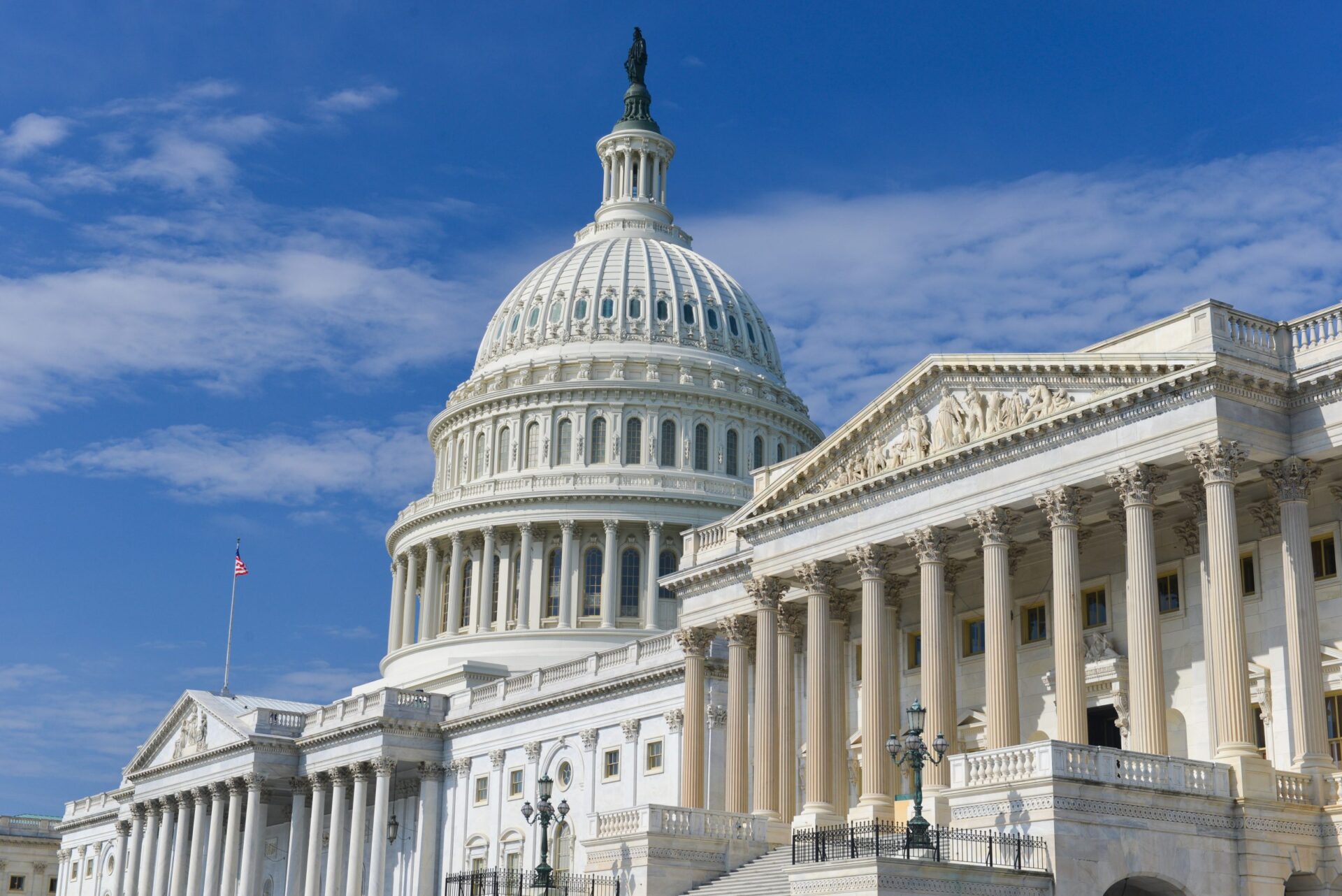Will lower- and middle-class borrowers – and the lenders that serve them – get left out of the relief package being considered by Congress?
Advocates for independent mortgage services said Monday that current legislation before the Senate puts borrowers from non-bank lenders at greater risk than customers from traditional banks because the bill does not specifically include the non-bank institutions.
The language in the legislation before Congress refers to “insured, depository institutions, bank holding company, or any affiliate thereof.” That would exclude non-bank institutions, whose loans are largely backed by the Veterans Administration and Ginnie Mae and traditionally serve low- to middle-income Americans.
“If Congress fails to address these shortcomings in proposed legislation and fails to direct the (Financial Stability Oversight Council) to act, they will have the economic blood on their hands of millions of otherwise healthy borrowers,” analyst Josh Rosner wrote in a letter he shared on Twitter.
Forbearance Relief
Democrats again held up the nearly $2 trillion legislative package Monday as they negotiated with Republicans and the Trump Administration over worker protection and business issues.
While the parties haggle, there is a fight going on behind the scenes over what kind of lenders will be covered by the legislation. At the center of the debate is the concept of forbearance, in which borrowers are allowed to put off mortgage payments for a prescribed period while they cope with economic hardship brought on by the COVID-19 pandemic.
The Mortgage Bankers Association (MBA) estimates that the burden on lenders could range from $75 billion to $100 billion or higher if approximately one-quarter of borrowers take advantage of forbearance for six months or longer.
“Mortgage servicers maintain liquid reserves to cover these advances when borrowers miss their payments, but virtually no servicer, regardless of its business model or size, will be able to make sustained advances during a large-scale pandemic when a significant portion of borrowers could cease making their payments for an extended period of time,” MBA President and CEO Robert Broeksmit wrote in a letter to regulators Sunday.
The current version emergency legislation, however, would only protect traditional bank lenders.
Cycle Of Forbearance
Why does that matter? Consider the cycle of forbearance:
- When a borrower is unable to make mortgage payments, they may request forbearance relief.
- The lender who provides that relief must still send payment to its creditors – the VA, Ginnie Mae and other investors, in the case of non-bank lenders.
- The legislation would help lenders access cash to cover the period in which borrowers are taking advantage of forbearance. Currently the Fed’s mortgage backed security purchases help support new mortgages, including refinances, but it does not allow for the liquidity facility to support existing homeowners facing challenges paying their mortgage.
- With the legislative language as written, non-bank lenders would be left out in the cold in being able to access the cash they need to support borrowers through forbearance.
While traditional banks have access to cash through the Federal Reserve’s discount window and other emergency lending facilities (as well as additional support in the legislation), advocates say there is nothing in the bill that would require the Fed to provide liquidity to non-bank servicers so they can work to support borrowers.
They fear these lenders, lacking access to liquidity, would have to be more aggressive in foreclosing on borrowers who fall behind on payments during the COVID-19 pandemic.
“Unless Congress explicitly addresses liquidity constraints to the servicers of these loans then millions of lower- and middle-class borrowers will be unacceptably disadvantaged and unfairly exposed to economic discrimination,” Rosner said.
